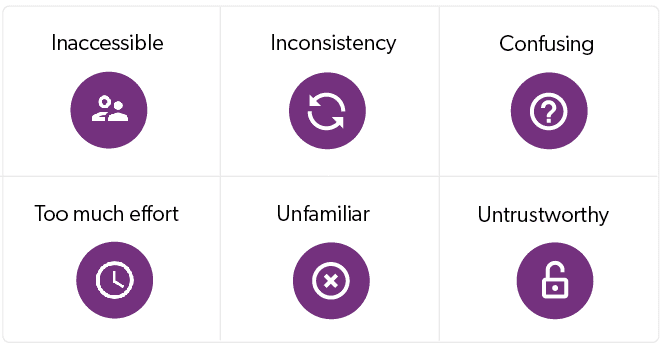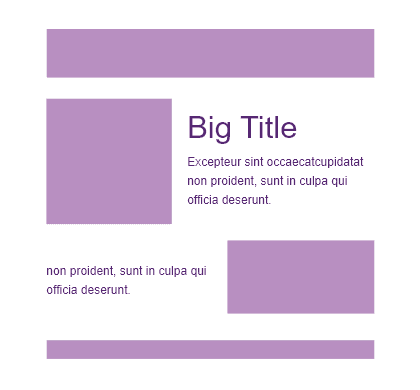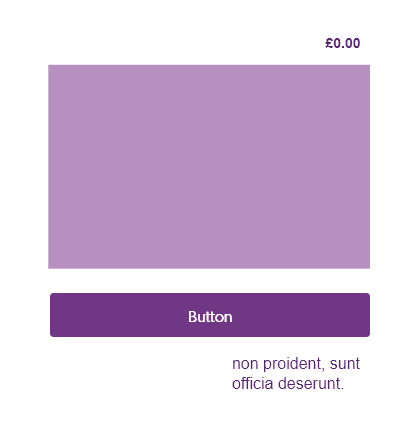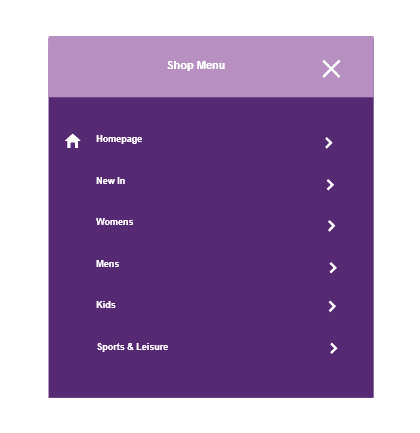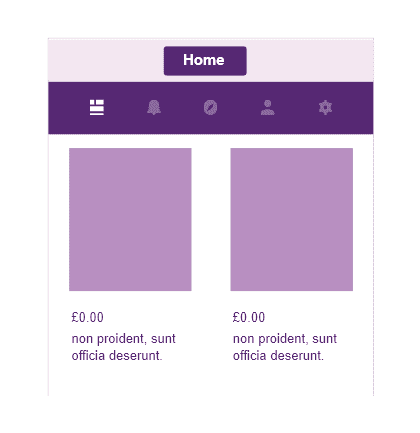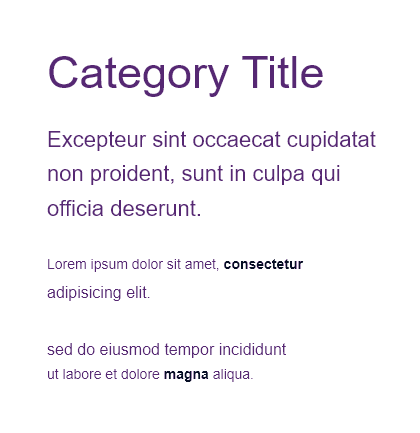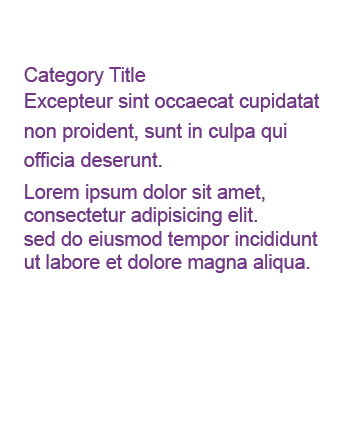Cognitive load
Cognitive load refers to the amount of information our working memory can store. It can affect how quickly and easily users find content and are able to complete tasks.
Purpose
Cognitive load theory helps to reduce the demands on users working memory so that they can use our sites effortlessly. Minizing cognitive load, maximises usability.
Benefits
It is important to think about our users cognitive load when creating digital products for the following reasons:
- Reduce bounce rate: If our digital products are designed with cognitive load in mind our sites will be clear and intuitive so users will stay on our sites rather than bouncing
- Reduce the time per visit without reduction of conversion: Designing our sites with cognitive load in mind means our users will spend less time on our sites understanding how to complete an action and are more likely to make a purchase
- Increase conversion: If our sites are easy to use then users are more likely to add more items to bag and complete checkout
- Increase the number of returning users: If our users have a good experience, they are more likely to be a return customer and recommend our sites to others
3 Forms of Cognitive Load
Use these as a foundation when creating FGH digital products.
Intrinsic
This refers to the effort required by our users with specific or new content.
Extraneous
This refers to the way information is presented.
Causes of Cognitive Load
Understand the main factors that contribute towards cognitive overload.
To understand how cognitive load can be reduced it is important to understand what causes it. The table below illustrates the main factors.
Methods to reduce cognitive load
Follow these guidelines to help prevent cognitive overload.
De-clutter
Removing redundant links, irrelevant images and copy prevents slowing our users down.
Keep it familar
Users have perceptions about how our websites work based on competitor sites.
Offload tasks
If any designs require users to read, remember information or complete an action, question if there is an alternative to display that information.
Simplicity
All areas of our sites should be self-explanatory as users can enter our sites on various pages. Users are as likely to enter our websites from the PLP compared to the homepage.
Be predictable
Users are more likely to take the easiest solution to their problem, rather than the best. Use behaviours and features that users are familiar with.
Navigation
Always have a visible home button on every screen as this gives users of reassurance.
Intuitive language
Users don’t always read content; they tend to scan for certain information and keywords. Take a look at our language principles page for help with this.
Minimise choices
Don’t present too many options to the user, the time it takes to decide increases with the number of complexity of choices. Too many options can impact the users decision-making abilities.
Retrieved from https://lawsofux.com/millers-law.html
Be consistent
Designs should be consistent across all our websites which makes it easy for our users to learn and get used to.
Displaying information
The human brain short-term memory is 7 (plus or minus 2). Support users by displaying information that would otherwise have to be stored in their short-term memory.
Retrieved from https://lawsofux.com/millers-law
Chunking text
Chunked text content avoids walls of text, which can be time consuming, intimidating and difficult to skim read which is the preferred method of online reading. This can be done by using:
- Short paragraphs that are separated by white space
- Sentences with an average of 5-75 characters
- Strong visual hierarchies. Visit Information Architecture principles page
- Clear groupings in strings such as credit-card and phone numbers
Types of attention to help reduce cognitive load
Understand how we prioritize what information is stored where.
Keep important information within the primary attention and everything else in the periphery view, to not overload the user too much.
Primary attention
In order to reduce cognitive load, allow the user to focus on the primary information, by adding the important information in the center of the design.
Peripheral attention
Aims at moving small tasks to the periphery, resulting in reducing the cognitive load caused by them. Our vision is blurry and processes simple objects, therefore, make the outer edges of a design as simple as possible. This increases the feeling of well-structured information, making users feel positive towards FGH and its products.



